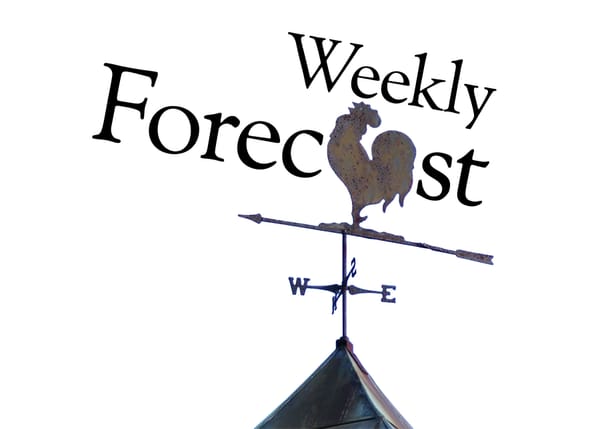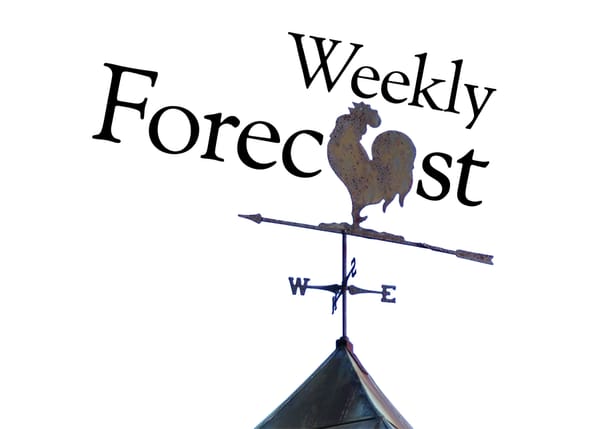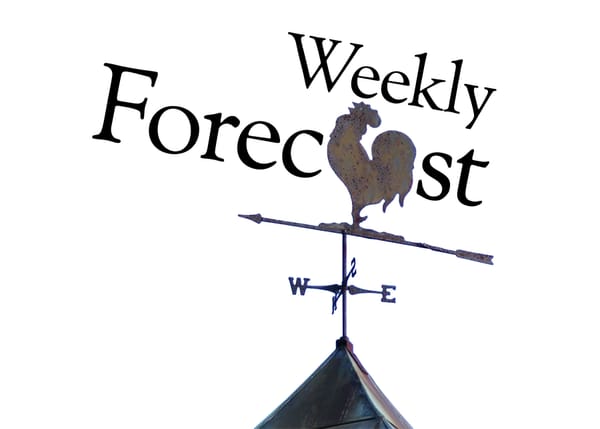Ostrich Weekly Forecast: Apr 21
Second hibernation and a rare comet sighting.

Did you know that bears indulge in a second hibernation in the spring? This is not widely known, even among ursid researchers, but you can trust me, they totally do. They leave their dens at the end of winter and stumble around for a few weeks, scratching their butts and trying to make sense of the whole situation. Then, around mid-spring, they decide its all a bit too much and they go back to sleep for a while longer. True story. And of course we humans have the same seasonal instincts. If you feel a strong urge to sit around in your pajamas, staring at your cave walls in a bleary state of minimal consciousness, this is only natural. We mustn't fight basic biology.
But if you do manage to stay up after dark, you might catch a glimpse of De Havilland's Comet, which should be visible in the southwest, and will look like a bright star moving briskly across the night sky. If you're really lucky you might see its beautiful red and green strobe effect, a prismatic phenomenon caused by ice off-gassing as it spins. Snap a picture if you see it, and send it to the smoking ruins of the National Science Foundation.





